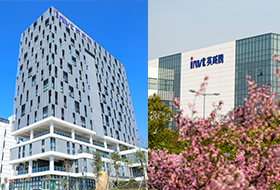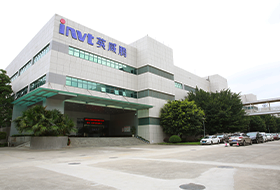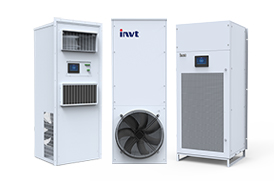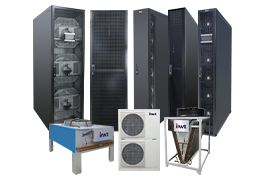How to improve data center energy sustainability
Data center energy usage is receiving increasing attention from the media and regulators. While data centers currently consume 1% of the world’s electricity, analysts predict that this number will grow to 8% by 2030. Reasons include Enterprises digitizing their business models, digital services such as augmented reality and virtual reality requiring more processing power, and consumers' continued love affair with streaming services.
Achieving energy sustainability is an ongoing process, and there is no one-size-fits-all strategy for data center owners and operators to follow. The path an industry group takes will depend on a variety of factors, including its location, capital, energy access, regulatory regimes, and more. Well-funded hyperscalers and colocation companies clearly have access to different technologies and processes than their smaller counterparts.
Here are some different short- and long-term strategies that data center operators and enterprises can use to achieve energy sustainability.
Adopt cloud infrastructure and services: Businesses that go cloud-first can shift a large portion of their carbon emissions to partners. Hyperscalers are very energy efficient; for example, all of Google's large data centers have a Power Usage Effectiveness (PUE) score of 1.1, while Microsoft's newer facilities have a PUE score of 1.12. Reducing carbon emissions is just one of many reasons why companies are increasing their use of cloud infrastructure and other services or even exiting the data center business entirely.
Using more efficient hardware and equipment: Virtualization technology, eliminating zombie servers, and improving power management and distribution can help data centers become more energy efficient and lower their PUE scores.
Improve cooling strategies: Data center cooling is experiencing a renaissance. Choosing the right cooling technology can be challenging and new investments costly. Partners can support operators by matching cooling technology to the organization's business goals and site and technology requirements. Liquid cooling is growing in popularity because it is more efficient and cost-effective than air cooling for cooling high-density racks used to handle intensive workloads.
Use more renewable energy
Renewable energy is inherently sustainable. Energy sources such as wind, solar, hydropower, geothermal energy, etc. can be continuously produced and replenished with low carbon emissions. If data centers deploy renewable energy on a large scale, it can help save costs.
Currently, renewable energy is not predictable enough for data centers, which have always-on processes and are bound by strict service level agreements (SLAs) for high availability.
There are several ways to use more renewable energy and move away from fossil fuels while still protecting always-on digital operations.
Using hydrogen fuel cells as a renewable energy source: When renewable energy is not fully available, fuel cells generate hydrogen and use it to power data center technology. This is an emerging approach that hyperscalers are exploring.
Deploying energy storage technologies: Recent innovations, such as the large-scale commercialization of long-life lithium-ion batteries, enable more organizations to capture and store energy at scale. Energy storage options include lithium-ion battery energy storage systems (BESS), which capture renewable energy for future use and provide always-on, always-available backup power. When paired with an energy management system (EMS), BESS enables organizations to use a wider range of renewable energy sources, select the right energy source for the job at hand, and participate in microgrid services.
This means organizations can control which energy is used and when to achieve performance, cost, and sustainability goals. Other options include flywheel energy storage systems, which store kinetic energy and provide hours of backup power without degrading performance, meaning they can cycle indefinitely. Flywheel systems are not a form of renewable energy, but have low carbon emissions, making them ideal for use as backup power. However, these systems have short discharge times, are susceptible to mechanical stress, and have potentially hazardous failure modes.

 networkpowersales@invt.com.cn
networkpowersales@invt.com.cn



























